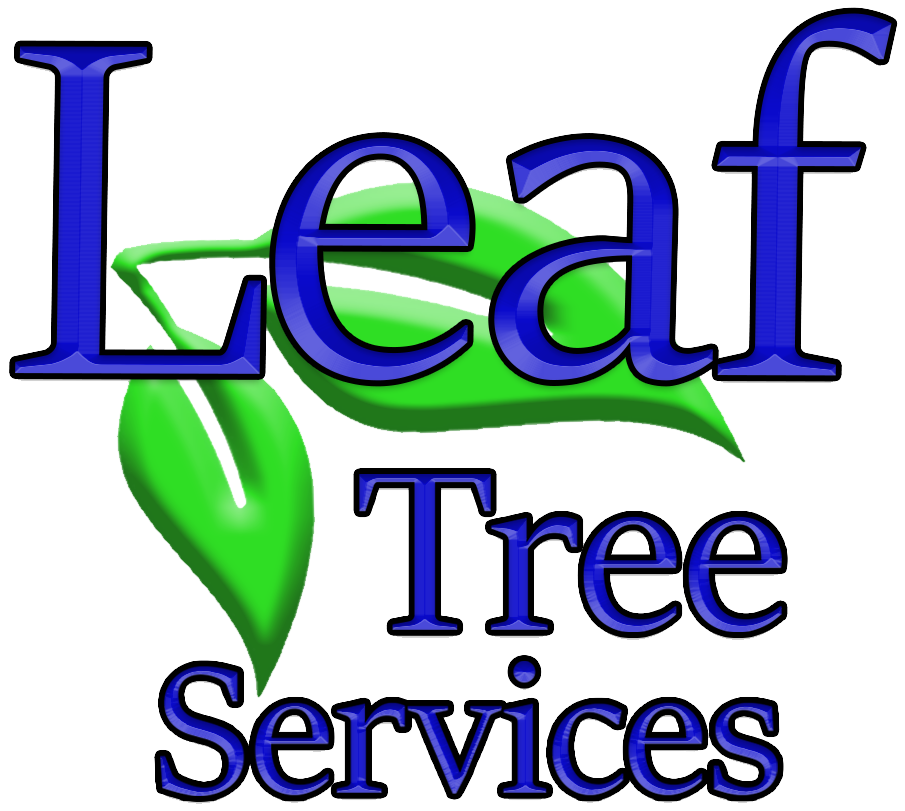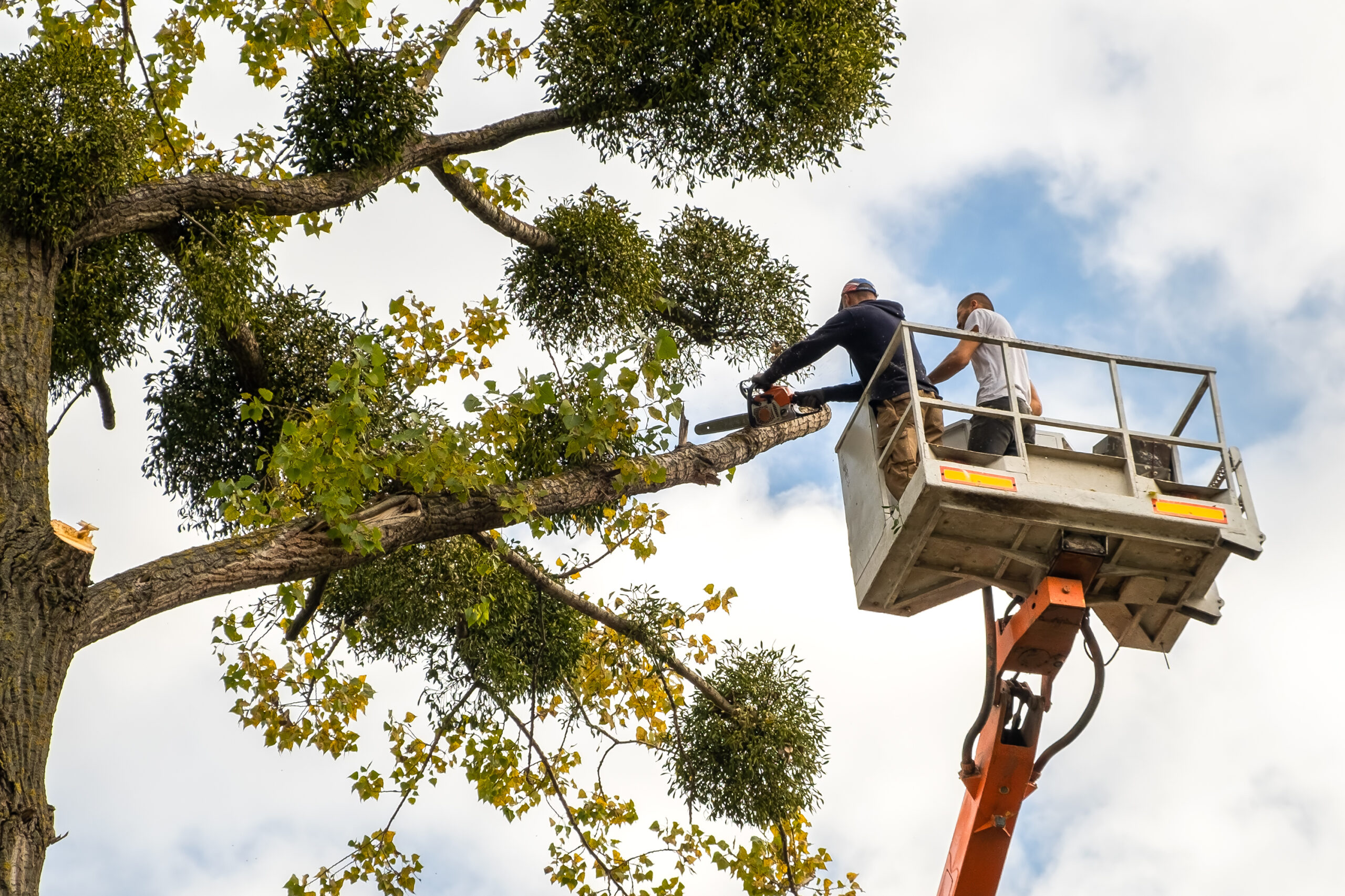Tree maintenance experts can help you promote healthy tree growth
Tree maintenance in Round Rock and Austin TX can offer guidance for promoting healthy tree growth. Maintaining healthy trees on your property not only enhances the aesthetic appeal but also contributes to the overall well-being of the environment. In Texas, where trees endure diverse weather conditions and soil types, ensuring their health requires careful attention and strategic maintenance practices. This comprehensive guide outlines key strategies for promoting robust tree growth and longevity on your Texas property.
Understanding Texas Climate and Soil:
Before delving into tree care practices, it’s crucial to understand the unique climate and soil conditions of Texas. The state experiences a range of climates, from humid subtropical in the east to arid desert in the west. Additionally, soil types vary widely, including clay, loam, sand, and combinations thereof. Familiarizing yourself with these factors will help tailor your tree care efforts accordingly.
1. Tree Selection:
Choosing the right tree species for your Texas property sets the foundation for healthy growth. Opt for native or adapted species that are well-suited to the local climate and soil conditions. In Texas, examples of suitable trees include Live Oak, Texas Red Oak, Cedar Elm, and Texas Ash. These species exhibit resilience to drought, pests, and diseases commonly found in the region.
2. Proper Planting Techniques:
Ensure healthy tree establishment by following proper planting techniques. Dig a hole twice as wide as the root ball and at the same depth, avoiding burying the trunk flare. Loosen the soil around the roots to encourage outward growth and water thoroughly after planting. Mulch around the base of the tree to retain moisture and suppress weed growth, but avoid piling mulch against the trunk to prevent moisture-related diseases.
3. Adequate Watering:
In Texas, where droughts are common, proper watering is essential for tree health. Newly planted trees require regular watering to establish their root systems. During dry periods, provide supplemental irrigation to ensure adequate moisture penetration to the root zone. Use a soaker hose or drip irrigation system to deliver water directly to the soil, minimizing evaporation and runoff.
4. Pruning and Trimming:
Regular pruning and trimming are vital for maintaining tree structure, promoting air circulation, and removing dead or diseased branches. In Texas, where strong winds and storms are prevalent, proper pruning can also reduce the risk of branch breakage and property damage. Schedule pruning during the tree’s dormant season to minimize stress and maximize wound healing.
5. Fertilization:
While Texas soils are generally fertile, periodic fertilization can benefit tree growth, especially in urban or disturbed environments. Conduct a soil test to determine nutrient deficiencies and apply a balanced fertilizer accordingly. Avoid over-fertilization, as it can lead to nutrient imbalances and environmental pollution. Organic options, such as compost or mulch, can also provide nutrients while improving soil structure.
6. Pest and Disease Management:
Keep a watchful eye for signs of pests and diseases that can impact tree health. Common pests in Texas include aphids, scales, and borers, while diseases like oak wilt and root rot can pose significant threats. Implement preventive measures, such as regular inspections and proper sanitation practices, to minimize the risk of infestation or infection. Consult with a certified arborist for accurate diagnosis and treatment recommendations.
7. Protection from Environmental Stressors:
Trees in Texas face various environmental stressors, including extreme temperatures, drought, and urban pollution. Take proactive measures to mitigate these stressors and support tree health. Provide shade during hot summer months, especially for young or newly planted trees. Mulch can also insulate the soil, regulate temperature, and retain moisture. Avoid compacting the soil around tree roots, as it restricts oxygen and water uptake.
8. Seasonal Maintenance:
Tailoring tree care practices to the seasonal changes in Texas is crucial for maintaining optimal health. During the spring, focus on inspecting trees for new growth, pruning winter-damaged branches, and applying fertilizers to support vigorous growth. In the hot summer months, increase watering frequency, especially for young trees or those in exposed locations. Fall is an ideal time for planting new trees and conducting preventative maintenance, such as pruning to remove dead or diseased branches. In winter, prioritize structural pruning and inspect trees for signs of stress or damage caused by cold temperatures.
9. Soil Management:
Healthy soil is the foundation of healthy trees. Conduct regular soil tests to assess nutrient levels, pH balance, and compaction. Amend soil as needed to improve drainage, aeration, and nutrient availability. Organic amendments, such as compost and manure, can enhance soil structure and fertility while promoting beneficial microbial activity. Avoid using herbicides or pesticides that may harm soil organisms and disrupt the ecosystem balance.
10. Mulching Best Practices:
Mulch serves as a protective layer around trees, conserving moisture, suppressing weeds, and moderating soil temperature. When applying mulch, maintain a depth of 2 to 4 inches and extend it to the tree’s dripline, but avoid contact with the trunk. Organic mulches, such as wood chips or shredded bark, decompose over time, adding organic matter to the soil. Refresh mulch periodically to maintain its effectiveness and aesthetics.
11. Tree Health Monitoring:
Regularly monitor the health of trees on your property to detect early signs of stress, disease, or pest infestation. Look for symptoms such as leaf discoloration, wilting, abnormal growth patterns, or unusual insect activity. Keep records of observations, including dates and specific symptoms, to track changes over time. Consider hiring a certified arborist for professional tree assessments and recommendations tailored to your property’s unique needs.
12. Environmental Conservation:
Beyond individual tree care, consider how your practices contribute to broader environmental conservation efforts in Texas. Planting native trees and reducing water consumption through efficient irrigation methods can help conserve natural resources and support local biodiversity. Participate in community tree planting initiatives or volunteer with environmental organizations to promote tree conservation and urban forestry awareness.
In conclusion, ensuring healthy tree growth on your Texas property requires a proactive and holistic approach that considers the unique environmental conditions of the region. By selecting appropriate tree species, employing proper planting and maintenance techniques, monitoring tree health, and promoting environmental stewardship, you can foster thriving trees that enhance the beauty, value, and sustainability of your property and surrounding landscape.
Hire the best tree maintenance specialists in Round Rock and Austin TX
Leaf Tree Services is your locally owned professional tree service with certified arborists for residential and commercial customers in Round Rock, Austin, and surrounding Central Texas areas. You can trust your trees to us. Contact us today to schedule a consultation, at 512-670-6766.


